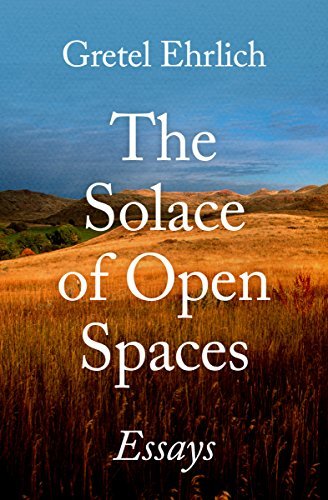What do you think?
Rate this book


144 pages, Kindle Edition
First published January 1, 1984




Dust rises like an evening gown behind his truck. It flies free for a moment, then returns, leisurely, to the habitual road - that bruised string which leads to and from my heart.The West has never appealed much to me. I've traveled to parts of the western US and it was fine to visit but it has never drawn me the way it draws so many people. As far as I'm concerned living in Missouri was simultaneously too far west and too far south for my tastes. Reading this collection reminded me of that more vividly than it did with Islands, the Universe, Home.
(p61)
In Wyoming we are supplicants, waiting all spring for the water to come down, for the snow pack to melt and fill the creeks from which we irrigate. Fall and spring rains amount to less than eight inches a year, while above our ranches, the mountains hold their snows like a secret: no one knows when they will melt or how fast. When the water does come, it floods through the state as if the peaks were silver pitchers tipped forward by mistake.
Everything in nature invites us constantly to be what we are.
To be "tough" on a ranch has nothing to do with conquests and displays of power. More often than not, circumstances - like the colt he's riding or an unexpected blizzard - are overpowering him. It's not toughness but "toughing it out" that counts. In other words, this macho, cultural artifact the cowboy has become is simply a man who possesses resilience, patience, and an instinct for survival.